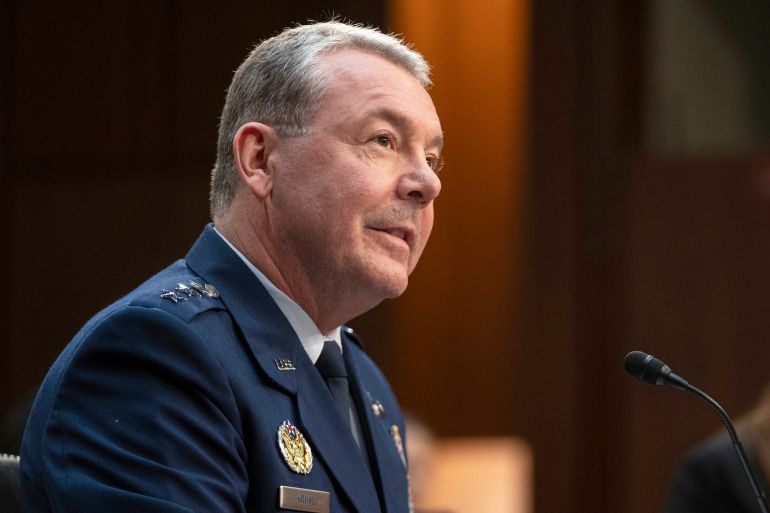
US general whose report on Iran nuclear sites angered Trump fired

 :
| Updated On: 23-Aug-2025 @ 12:27 pm
:
| Updated On: 23-Aug-2025 @ 12:27 pmSHARE
The United States has witnessed a major shake-up in its defense and intelligence leadership following the dismissal of several top military officials by Defense Secretary Pete Hegseth, acting under President Donald Trump’s direction. The most high-profile removal was that of Lieutenant General Jeffrey Kruse, director of the Defense Intelligence Agency (DIA). According to reports, Kruse’s firing was linked to a preliminary intelligence assessment prepared by his agency which concluded that US airstrikes on Iranian nuclear sites in June had caused only limited damage to Iran’s nuclear program. This finding contradicted President Trump’s claims, as well as those of Israeli Prime Minister Benjamin Netanyahu, that the strikes had severely crippled Iran’s capabilities. The DIA report, widely covered by US media, indicated Iran’s nuclear program had only been set back a few months, rather than destroyed. Trump and his administration were angered by this assessment, viewing it as undermining their narrative of success. While no official reason was immediately given for Kruse’s dismissal, his removal came two months after the report’s release, raising suspicions of retaliation. Kruse, who had led the DIA since early 2024, previously served as military affairs adviser to the Director of National Intelligence and as intelligence director for the coalition against ISIS. Kruse was not the only senior figure dismissed. Vice Admiral Nancy Lacore, chief of the Navy Reserve, and Rear Admiral Milton Sands, head of Naval Special Warfare Command and a senior Navy SEAL officer, were also fired. Pentagon sources told Reuters and AP that none of the officers were given specific reasons for their removal. Observers suggest these actions reflect President Trump’s broader effort to enforce loyalty within the Department of Defense and across the government. Critics argue this trend risks politicising the military, traditionally considered a neutral institution. Senator Mark Warner, vice chair of the Senate Intelligence Committee, warned that the firings illustrate a dangerous pattern of treating intelligence not as a safeguard for national security but as a test of personal loyalty to the president. These moves come amid a larger purge of top military officials since Trump began his second term in January. Earlier, Trump dismissed General Charles “CQ” Brown, chairman of the Joint Chiefs of Staff, without explanation. Other ousted figures include the heads of the US Navy and Coast Guard, the chief of the National Security Agency, the vice chief of staff of the US Air Force, a NATO-assigned Navy admiral, and several top military lawyers. The Air Force chief also announced his early retirement, midway through his tenure, fueling concerns of instability at the Pentagon. In addition to reshuffling personnel, Defense Secretary Hegseth ordered a 20 percent reduction in the number of active-duty four-star generals and admirals, and a 10 percent cut in the overall number of general and flag officers. This structural downsizing has added to the turbulence within military ranks. Separately, the intelligence community has also faced upheaval. Two days before Kruse’s dismissal, Director of National Intelligence Tulsi Gabbard announced that she had revoked, on Trump’s orders, the security clearances of 37 current and former US intelligence professionals. Gabbard further revealed a sweeping reorganization of her office, including a 40 percent reduction in personnel by October 1, which is projected to save more than $700 million annually. The combination of firings, restructuring, and security clearance revocations marks one of the most dramatic overhauls of the US defense and intelligence apparatus in recent history. Supporters of Trump argue he is simply installing leaders he trusts, while critics warn that the moves could compromise the independence and effectiveness of institutions meant to safeguard national security.